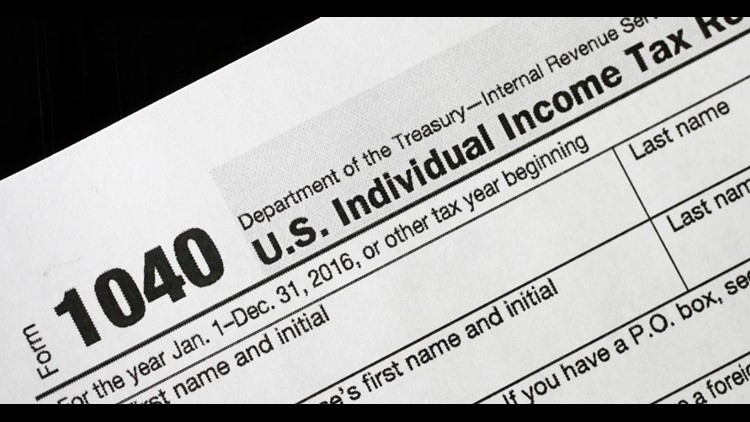The 2017 tax season officially kicked off on Jan. 23, when the IRS began accepting electronically filed tax returns. The agency expects to get over 153 million individual returns. Last year, about 73 percent of all filers received a tax refund, averaging $2,857, and likely to be about the same this year.
But who wouldn’t welcome a larger refund? After all, for many Americans, it’s the biggest single check they’ll receive all year. And while things like mortgage interest, real estate taxes and charitable donations get a lot of attention as Schedule A itemized deductions, the downside to itemizing is that these deductions are less valuable for an increasing number of taxpayers.
That’s because beginning in 2013, some itemized deductions are disallowed for taxpayers whose income exceeds certain limits. Single filers with adjusted gross income (AGI) in 2016 of more than $259,400 or couples who are married filing jointly and have AGI more than $311,300 will lose a portion of their deductions and personal exemptions.
Here’s how this AGI based phase-out works: Your itemized deductions are reduced by 3 percent of the amount by which your AGI exceeds the thresholds above, with the reduction never exceeding 80 percent of otherwise allowable deductions.
But some itemized deductions aren’t subject to this AGI phase-out. And if you’re eligible to claim them, they’ll help to increase your tax refund.
Investment interest expense: When you borrow money to buy property for investment purposes, the interest you pay is investment interest. The deduction is allowed when the property bought will produce investment income (such as interest, dividends, etc.) or when the property is expected to appreciate in value.
One catch: You can’t deduct the interest on a loan used to buy property that produces nontaxable income, such as tax-free municipal bonds.
This deduction is limited to the amount of the taxable investment income received in the same year. Investment interest that exceeds your investment income can be carried into future years as a deduction until it’s fully used.
Claim this deduction on Schedule A under “Interest You Paid.” You may also have to file Form 4952, which provides details about this deduction.
Casualty and theft losses: You can deduct casualty and theft losses relating to your home, household items and vehicles when the losses aren’t covered by insurance. This includes property losses due to an unexpected event such as fire, flood, storm or earthquake.
To claim the deduction, you must first add up the total of your uninsured losses and then subtract $100 for each casualty or theft. The total remaining amount must then be reduced by 10 percent of your AGI to calculate your allowable casualty and theft losses for the year, which are reported on Form 4684.
Medical and dental expenses: This includes unreimbursed expenses you pay for medical and dental services and related equipment. It also includes the miles you drive to and from medical care. Unfortunately, only medical and dental expenses that exceed 10 percent of your AGI are deductible (this threshold is 7.5 percent of AGI for those who are age 65 or older in 2016).
If you want to cut your taxes even more, you should also focus on all the adjustments you can claim on the first page of your tax return. They’re called “adjustments” because they directly reduce your gross income, and they aren’t limited regardless of your income. I’ll tell you more about them in a coming column.



